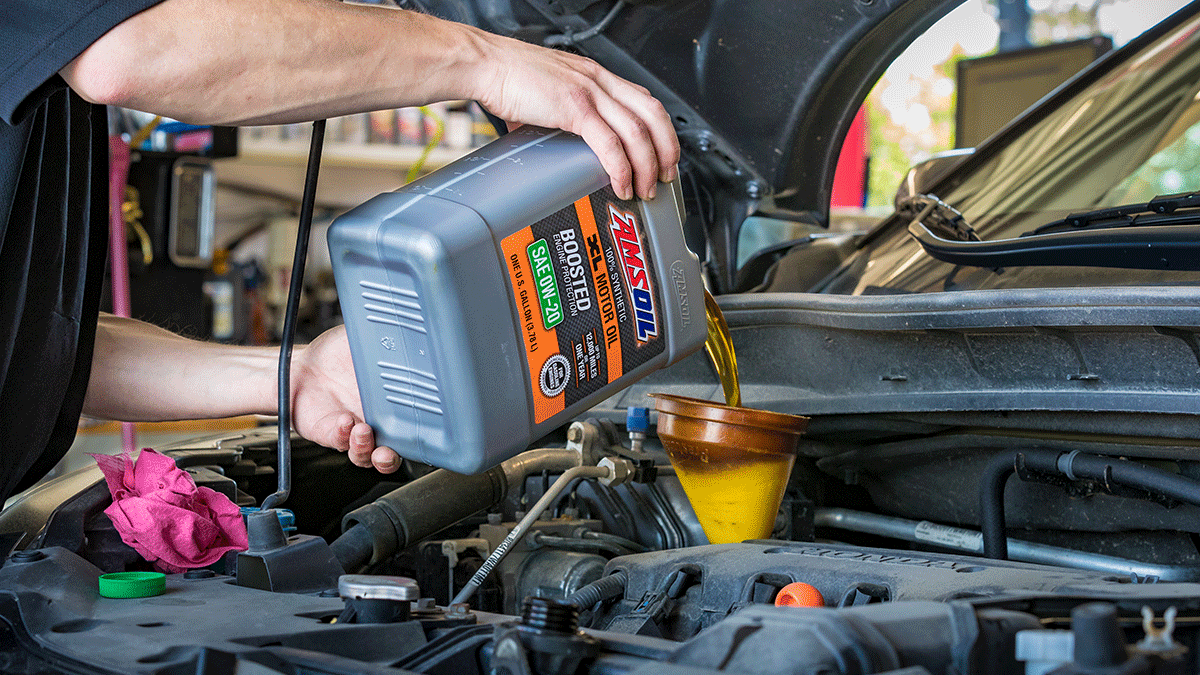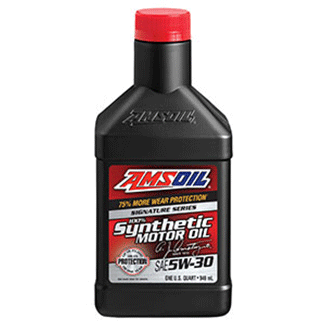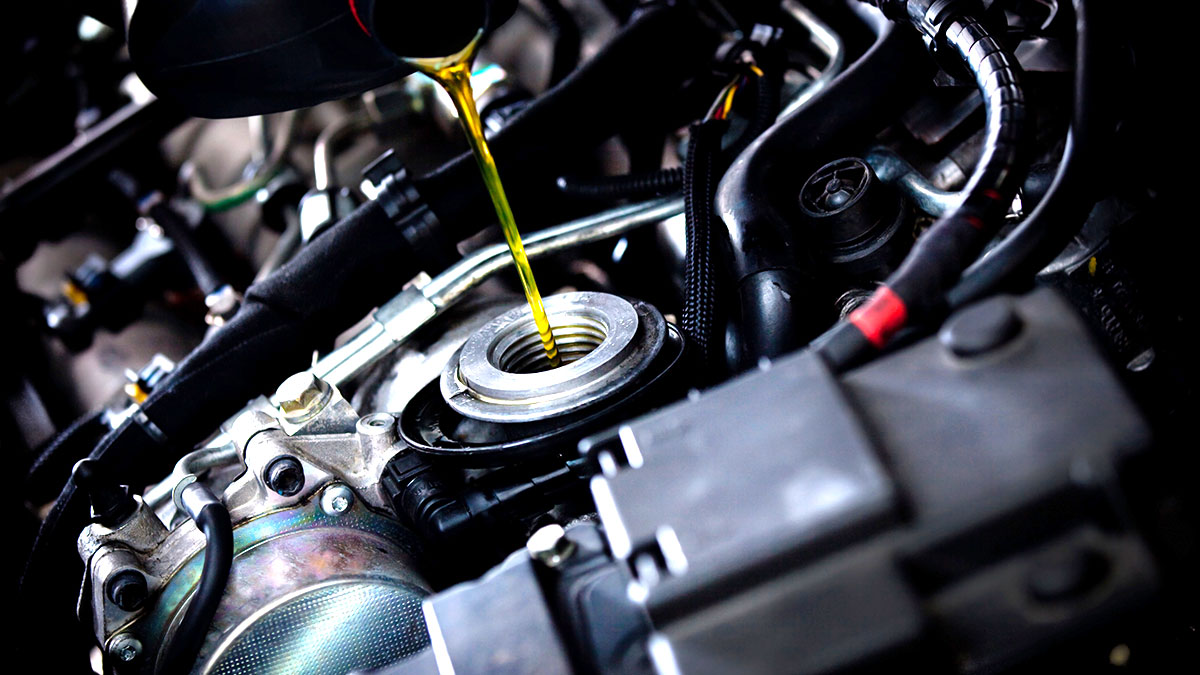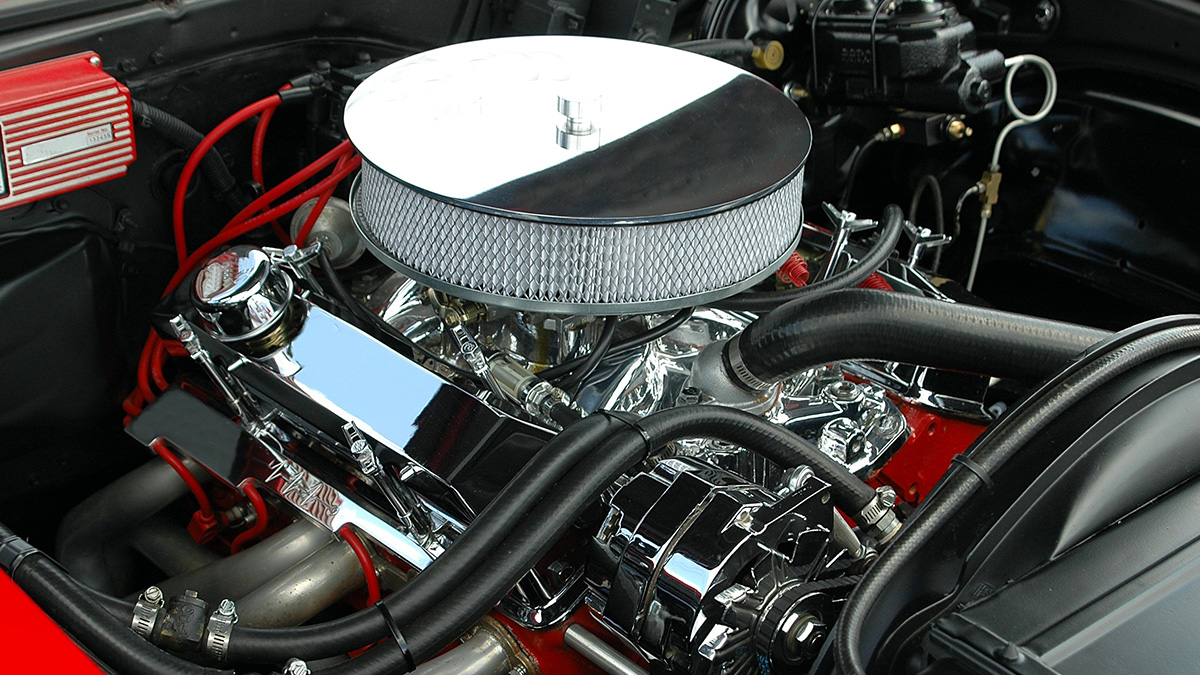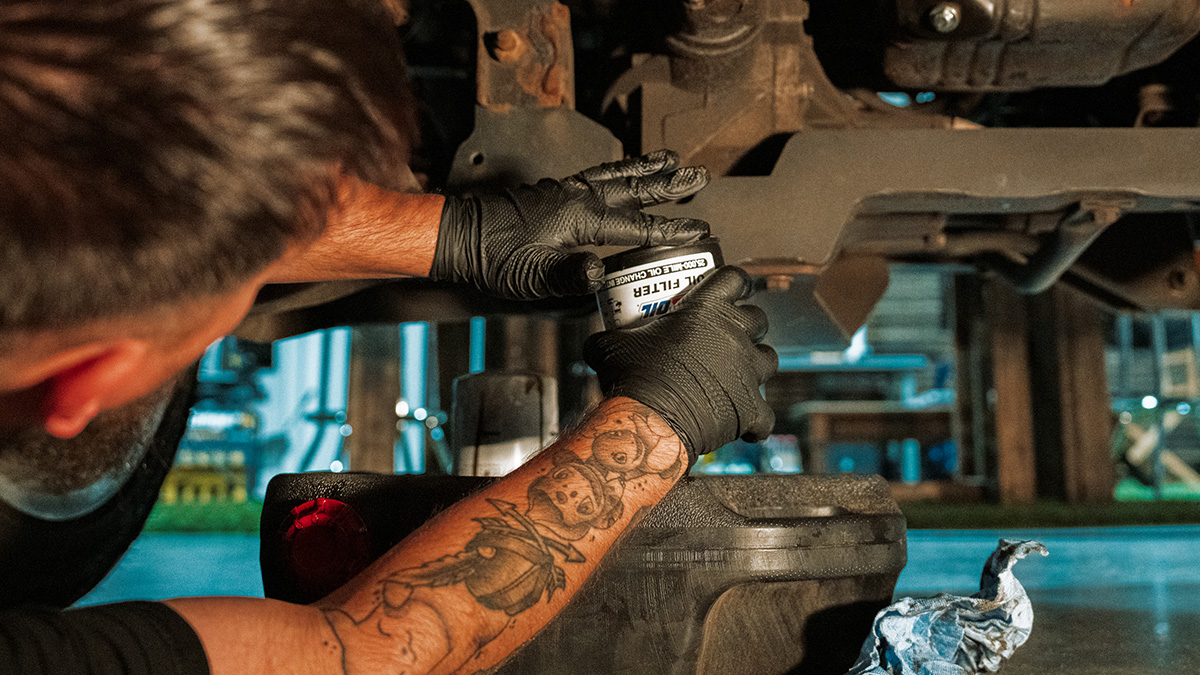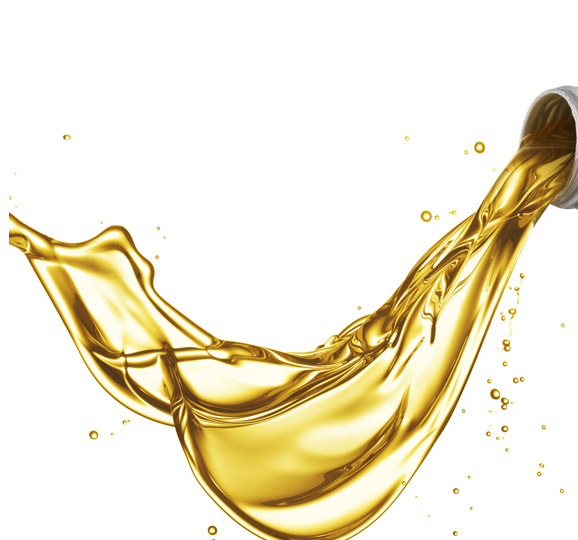People often wonder if it’s safe to use a thicker oil or a thinner oil than what their engine manufacturer recommends. A common question is whether it’s safe to use 10W-30 instead of 5W-30 oil, for example. While it’s best to use what’s recommended in your owner’s manual, inadvertently using a viscosity one grade higher or lower than what’s recommended generally poses no long-term harm.
Let’s look at two examples to illustrate.
Brad buys a new car that requires 0W-20 motor oil. He hangs around enough gearheads to have heard the old axiom that “higher viscosity oil equals better wear protection.”
Wanting the best protection possible for his new ride, he drains the 0W-20 that came from the factory and installs 15W-50 racing oil.
Next we have John. He’s a cost-savings enthusiast, so he buys a 1998 Toyota Corolla. It calls for 5W-30 motor oil. But he has some 10W-30 in his garage, so he uses it to change the oil. No sense wasting good oil.
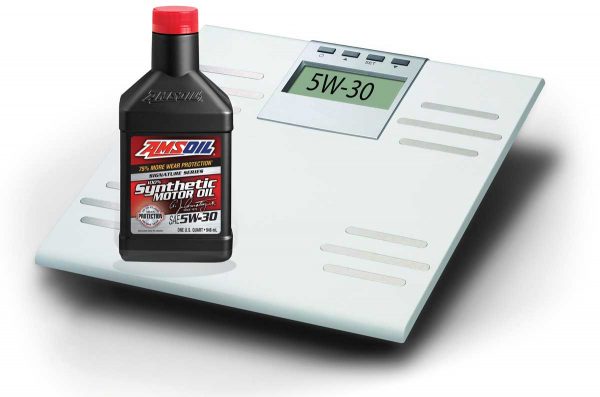
Engines are Built to Use a Certain Viscosity of Motor Oil
Today’s advanced engines are built with much tighter tolerances than their predecessors. The clearances between the crankshaft journals and main bearings are tighter, for one. This is purposely done to allow modern engines to use lower-viscosity motor oil, like 0W-20 and even 0W-16.
Lower-viscosity oils reduce internal friction since they flow more easily than higher-viscosity oils, improving fuel economy. With fuel-economy standards growing more strict, automakers are leaning toward low-viscosity lubricants to help them meet the requirements.
Thicker Oil May Not Flow Quickly Enough
In Brad’s case, his 15W-50 racing oil may be too thick to flow quickly enough to fill the spaces between the crank journals and main bearings while the engine is running.
The oil won’t form a consistent lubricating film, allowing metal-to-metal contact and wear. His engine was designed specifically to use a lower-viscosity oil, in this case 0W-20. Its lower viscosity allows it to flow faster and fill the tiny clearances between parts, leading to a durable, consistent lubricating film.
Not only that, but the engine will waste energy pumping the thicker oil, reducing fuel economy. Since thicker oil doesn’t transfer heat as well as thinner oil, operating temperatures will increase, possibly leading to accelerated chemical break down (called “oxidation“) and harmful sludge and deposits.
For a deeper dive on oil viscosity, check out this post.
Some Oil Viscosity Differences are Less Pronounced
In John’s case, using 10W-30 instead of 5W-30 creates fewer potential issues.
His older engine isn’t built with the same tight tolerances as Brad’s engine. Also, both oils are the same viscosity once the engine has reached operating temperature. He knows this because the second number in each oil’s viscosity rating (i.e. “30”) is the same. It describes the oil’s resistance to flow at 212°F (100°C), or normal operating temperature.
Using 10W-30 instead of 5W-30, however, could make cold starts more difficult.
It’s helpful to think of the “W” as standing for “winter.” The lower the oil’s “W” viscosity, the more readily it will flow when cold. In this case, 5W-30 will flow more easily at startup than 10W-30.
In fact, some automakers allow you to switch to a lower viscosity oil depending on weather.
